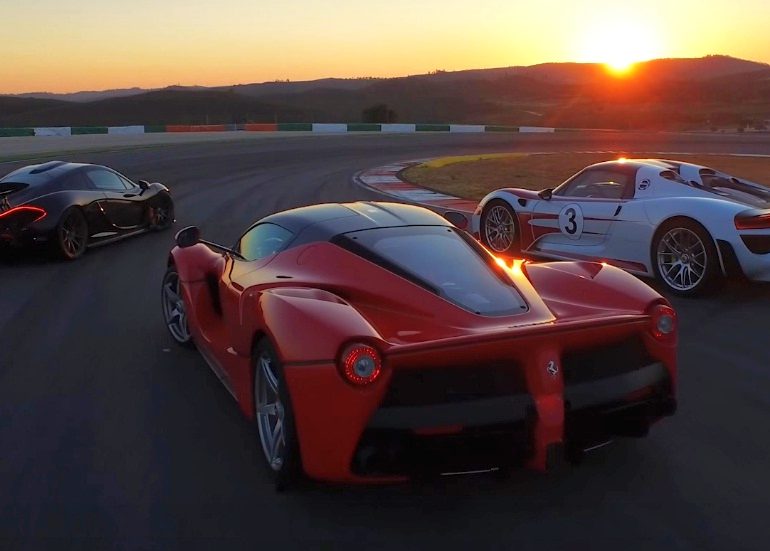If time travel were possible, going back to the middle of the first decade of the 2000’s and mentioning the word “hypercar” would have garnered you some very odd looks. In fact, by then, the word “supercar” was still only just about 20 years old, when the Porsche 959 and the Ferrari F40 had brought the term into the common vocabulary. Even then, it wasn’t seared into the mind until the greatest supercar of all, the McLaren F1, was made.
Yet, in 2021, we all know what a hypercar is. There were a few cars that started the term rolling around in the mind, like the SSC Ultimate Aero and the Bugatti Veyron, but it wasn’t until 2013 that what are now considered the holy trinity of hypercars were released, and the motoring world was irrevocably changed.




